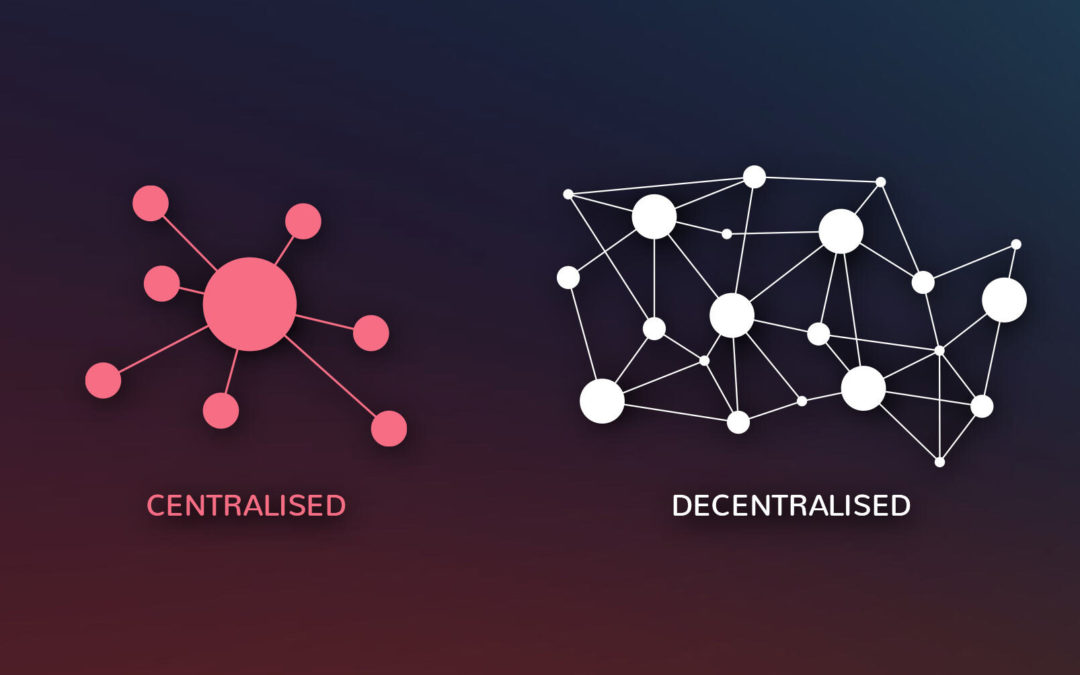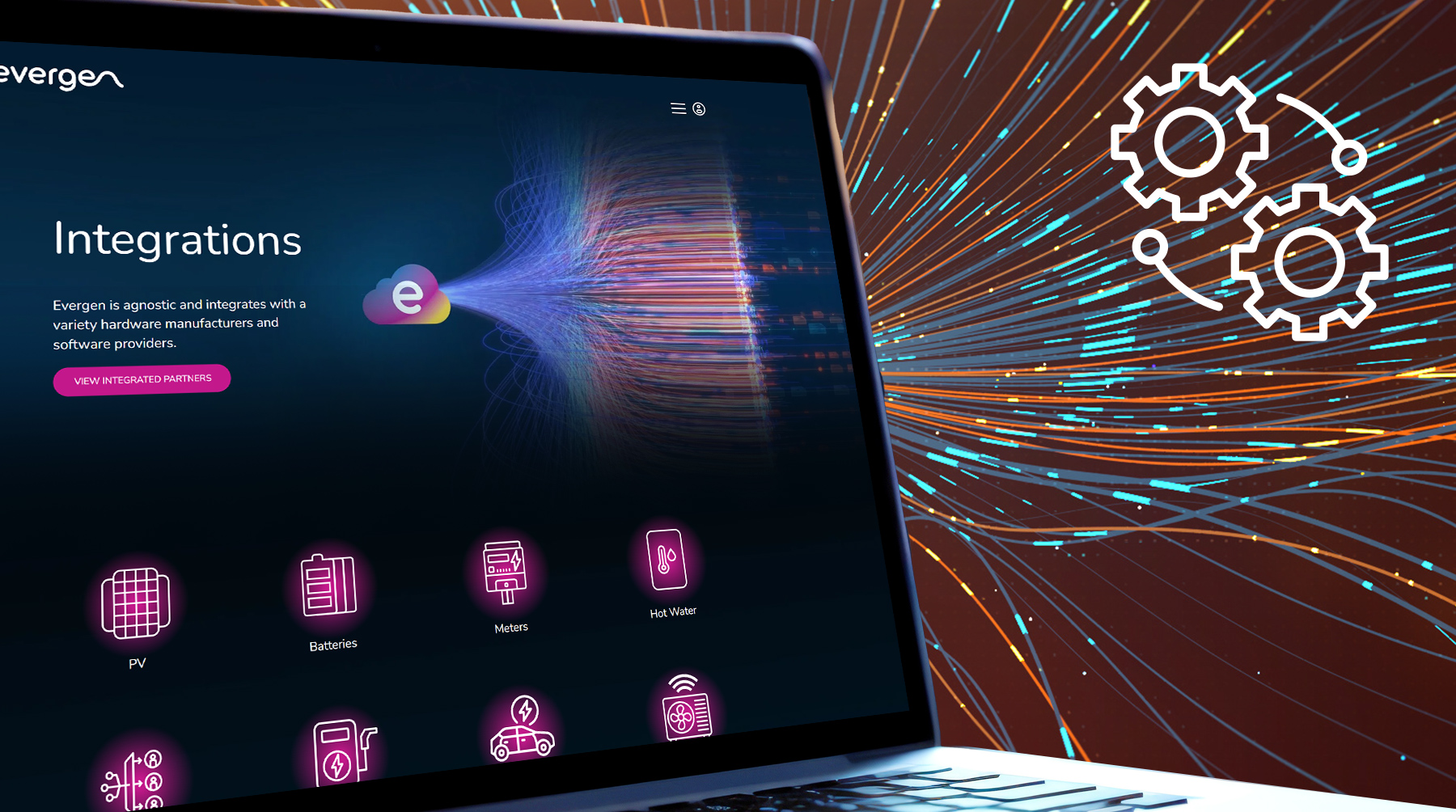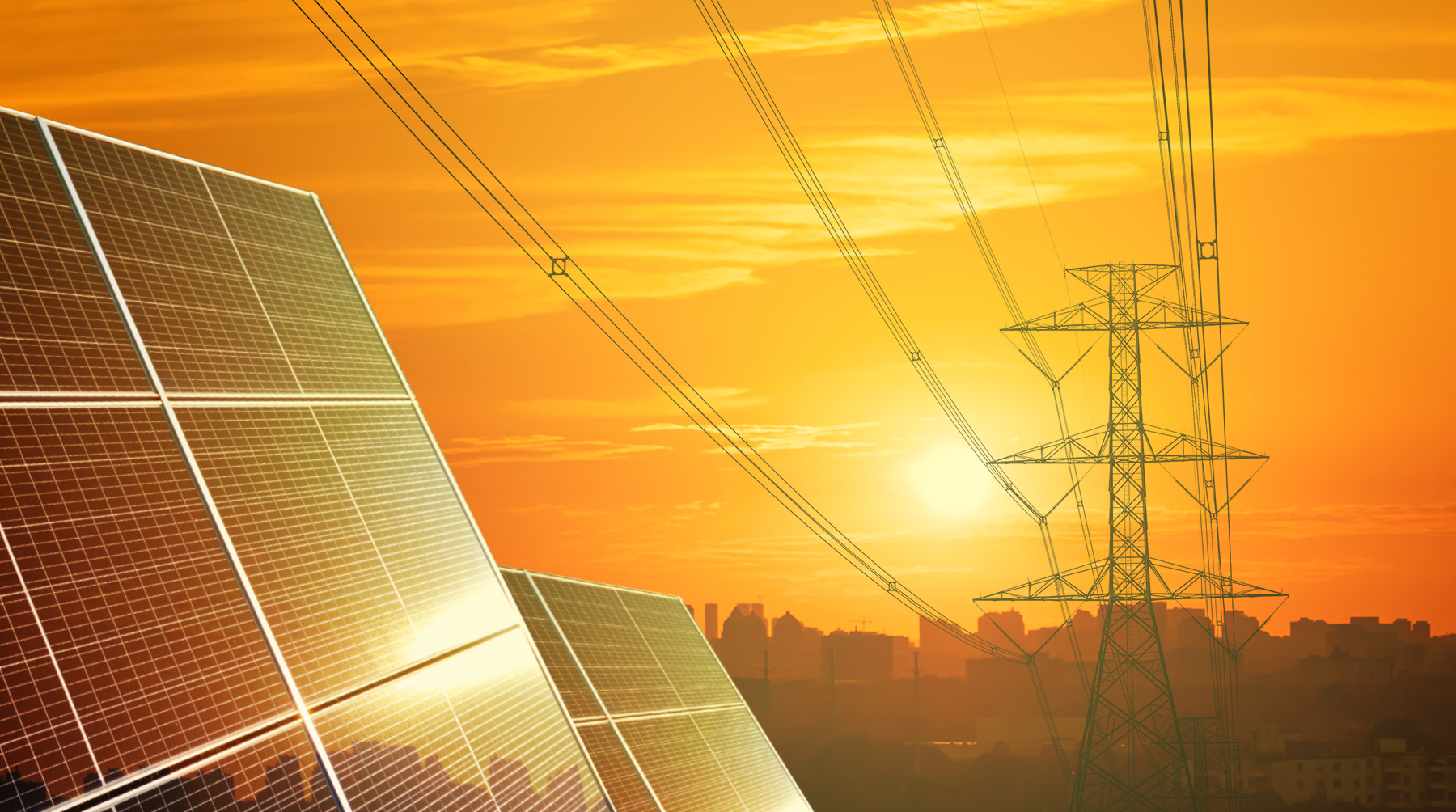Lucy Carpinelli, Solution Architect at Evergen explains the difference between a centralised and decentralised energy system, the role of renewable energy technologies, and smart grids.
As a Solution Architect at Evergen, my work is all about designing systems to manage energy flows at both the household and aggregated ‘fleet’ level. We are integrating new things, like batteries, with the existing energy market in a way that is useful for consumers, useful for retailers, and useful for networks.
Around the world, energy flows are gradually changing, as we incrementally add renewables and pilot ways to use fleets of small assets (aka distributed energy resources, or DER). This is part of a global transition from carbon intensive to renewable generation. Traditional generators are typically energy intensive as well as carbon intensive. This means our legacy assets are few and far between – just think of the coal-fired power plants in the Hunter and Latrobe valleys. Renewable generation is far less energy intensive and given that people are happy to put solar panels on their roof or wind turbines on their farm, generation assets are increasingly small and widely distributed. We are moving towards a future model where the energy system is composed of many small generation assets whilst large power plants will continue to dwindle.
The decentralisation of generation has implications for transmission. Historically, a few big things generated electricity that then flowed down massive transmission lines before being divvied up to run through smaller distribution lines to power our homes and businesses. Now we have generation assets dotted all over our cities and regions and electricity ebbs and flows through distribution lines according to local variable generation patterns. At times this creates the electrical equivalent of traffic jams, when there is too much electricity confined to a local area and not enough local demand to consume it. The poles and wires that form our grid were not designed for decentralised generation.
As the poles and wires struggle to support decentralised generation, the methods used to operate the system need updating. The flow of electricity is managed by expert people very carefully controlling a (relatively) small number of large generators to meet forecast demand. However, this group of people have almost no control over the millions of solar panels spread across rooftops. As decentralisation continues, the control rooms of the world need to pick up new capabilities and systems that enable them to control the growing army of little things.
The flipside to the decentralisation of generation, is the growing ability to control demand using widely distributed small assets like batteries, electric vehicles and even sophisticated household appliances, such as controllable air conditioning and hot water. Theoretically, it should be possible to match flexible demand with variable generation. In addition to modulating demand, some of the more sophisticated assets sitting in homes and businesses have the ability to stabilise the grid. This is massively important. But all of these clever things can only happen if the market allows it. Which brings us to the third challenge of a decentralised energy system: regulation.
Currently a small number of parties own massive legacy assets whose sole purpose is to generate electricity. The wholesale market is set up to cater to these parties. But in the decentralised energy system, there is a need for a party (or parties) to trade a vast number of things that are the private property of individuals. This energy trading activity could mean preferentially charging an EV when the solar irradiation in a neighbourhood is at its zenith, air-conditioning driven by AI to ensure comfort of customers without overloading the local network and batteries that respond to anomalies in electrical current within milliseconds, thereby stabilising the grid when demand and generation fail to perfectly match. Regulators are still working out who is allowed to do what in the decentralised energy system, how these actions should be transacted and recompensed, and what is the social contract for an external party to control something on someone’s roof or in their home. Until the regulators allow it, it’s not going to happen.
Given the challenges of re-purposing the physical infrastructure, kitting up our control rooms to manage millions of small things and establishing new regulations that allow private citizens to interact safely and fairly with the energy market, one could be forgiven for wondering why we need to do all of this.
The reason is because it’s not enough just to decarbonise. We need to decarbonise in a way that minimises cost and maximises reliability. Harnessing the capabilities of a decentralised energy system, both on the generation and demand sides of the equation, is the fastest, cheapest path to decarbonisation.
Evergen aims to kill coal through technology. This means creating value for customers by minimising their exposure to high energy prices. This means controlling large numbers of assets to create tradeable fleets capable of competing with polluting power plants in wholesale energy markets. This means empowering system controllers to visualise and control assets across their network through a single pane of glass platform. And because Evergen is cloud-native, all of this is achieved without installing any hardware. All of the things, controlled to benefit all of the players, crunching vast amounts of data flowing across the internet, to realise the value of a decentralised energy system.



